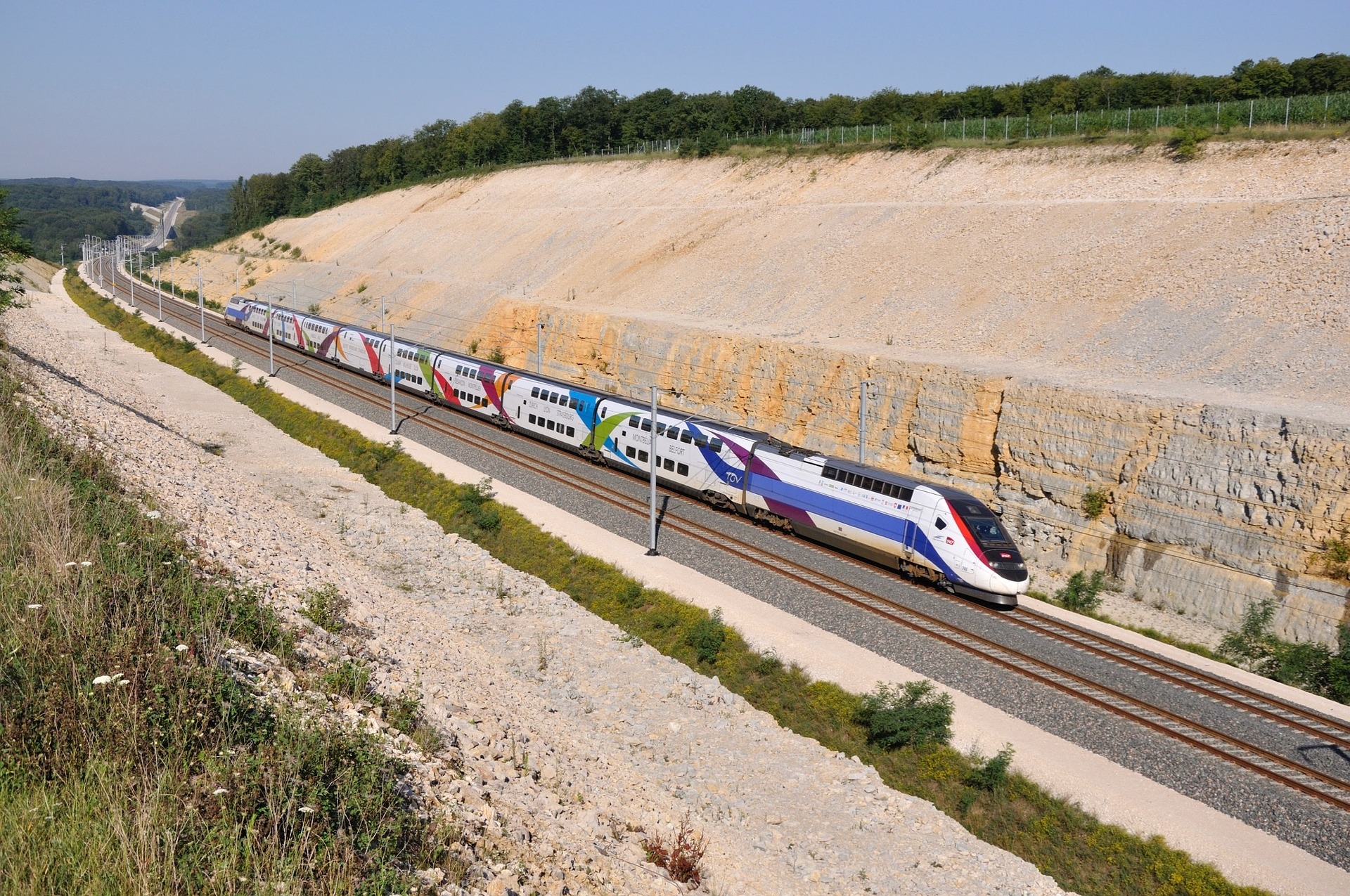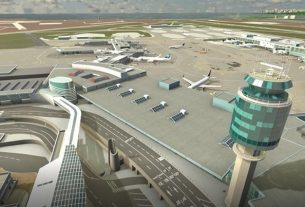On November 27, 2024, Riyadh’s long-awaited metro system officially opened to the public, marking a transformative milestone for Saudi Arabia’s capital. The Riyadh Metro project is a major infrastructure development aimed at revolutionizing urban transport, easing traffic congestion, reducing air pollution, and enhancing the overall quality of life for the city’s residents. The initial phase of the project launched three of its six lines, introducing passengers to a state-of-the-art transportation network that has been years in the making. This marks a significant achievement in the realization of the ambitious Vision 2030 goals set by Crown Prince Mohammed bin Salman, which aims to modernize the kingdom’s infrastructure and diversify its economy.
A Visionary Project for a Modernized Riyadh
Riyadh, one of the fastest-growing cities in the Middle East, has long struggled with severe traffic congestion, especially given its population boom. With a population of over 7 million, the city’s roads were often clogged, making commuting a daily challenge for many residents. The Riyadh Metro project was conceived as part of the city’s broader push to modernize its public transport systems and reduce its dependence on cars. Additionally, it aligns with Saudi Arabia’s Vision 2030, which is focused on transforming the country into a global investment powerhouse, enhancing sustainability, and improving citizens’ quality of life.
The Riyadh Metro network, with a total of six lines spanning over 176 kilometers, represents a monumental undertaking. The project’s goal is not just to alleviate traffic congestion but also to create a reliable, sustainable, and efficient transportation option for daily commuters. By shifting a significant portion of daily traffic from roads to rail, the metro system will play a critical role in reducing Riyadh’s carbon footprint.
The Scope and Design of the Riyadh Metro
The Riyadh Metro consists of six lines—Red, Blue, Green, Yellow, Orange, and Purple—that stretch across the city. The project is designed to cater to the needs of Riyadh’s diverse population while ensuring that every area of the city is accessible by public transport.
- Red Line: The Red Line, the longest of the network’s lines, spans from the northern to the southern parts of the city, connecting key business districts and residential areas.
- Blue Line: The Blue Line will serve the western areas, linking major landmarks like the King Abdullah Financial District, the Riyadh International Exhibition Center, and the King Khalid International Airport.
- Green Line: The Green Line connects central Riyadh to several key areas, including the King Saud University and several government offices.
The project’s total cost is estimated to be over $23 billion, funded by a mix of government resources, loans, and international partnerships. It has been under development since 2014 and faced several delays due to its complexity and scale. However, the resilience of the project team and a series of strategic partnerships ensured that the metro could begin operations ahead of schedule.
Key Players Behind the Riyadh Metro
The Riyadh Metro is a joint venture between multiple international companies, led by the Saudi Arabian government. One of the most prominent names in the consortium is Alstom, a French multinational company that supplied the trains and systems for the project. Alstom played a pivotal role in delivering the high-speed trains, signalling systems, and other crucial aspects of the metro’s infrastructure.
Another major player is Siemens, which provided its advanced automation systems for the network. Bechtel, a global engineering and construction firm, oversaw the project’s design and construction. Together, these companies worked with Saudi authorities to ensure that the metro’s design met the highest international standards while addressing the unique challenges posed by Riyadh’s geography and climate.
Technology and Sustainability Features
The Riyadh Metro boasts some of the most advanced features in modern rail systems, including fully automated driverless trains, which will increase safety and efficiency. Additionally, the trains will be fully integrated with the city’s existing transport networks, including bus lines and future infrastructure projects.
The network also places a heavy emphasis on sustainability, with energy-efficient trains and the use of solar panels at stations. The metro system is designed to cater to a wide range of passengers, with stations equipped to serve people with disabilities and families. Digital ticketing and mobile applications will allow riders to easily navigate the system and plan their journeys.
Moreover, the project has incorporated eco-friendly building materials and energy-saving technologies to reduce the carbon footprint, demonstrating the kingdom’s commitment to environmental sustainability as part of its Vision 2030 goals.
Economic and Social Impacts
The opening of the Riyadh Metro is expected to bring significant benefits to both the economy and the social fabric of the city. Economically, the metro will provide jobs for thousands of individuals both during the construction phase and through ongoing maintenance and operations. It is estimated that the metro could help Riyadh save billions of dollars annually in terms of reduced traffic congestion, fuel consumption, and environmental costs.
Socially, the metro will offer a more equitable means of transportation for people across different income levels, reducing reliance on private cars and offering an affordable and efficient means of travel. For residents, this means less time spent in traffic, easier access to work, educational institutions, hospitals, and recreational centers, and improved mobility across the city.
Moreover, the metro is expected to stimulate business activity around its stations, encouraging the development of new commercial zones and boosting local economies. This, in turn, will increase the appeal of Riyadh as a destination for international investors and tourists.
Looking Ahead: Future Phases and Expansion Plans
While the opening of the first three lines is a major achievement, this is only the beginning of the Riyadh Metro’s journey. Future phases of the metro will see the completion of the remaining three lines—Yellow, Orange, and Purple—which will further expand the network, offering even greater accessibility across the city. Additionally, a long-term goal for the Riyadh Metro project is to eventually extend the network beyond the city to neighboring towns and regions, helping to create a unified transportation corridor across Saudi Arabia.
The Riyadh Metro is part of a broader strategy to revitalize the country’s transportation infrastructure, alongside other projects like the Jeddah Metro, the King Abdulaziz International Airport expansion, and various smart city developments. This reflects a vision of a future where public transport systems play a central role in supporting the kingdom’s economic diversification and sustainable growth.
Conclusion
The official opening of the Riyadh Metro is a landmark moment for Saudi Arabia, showcasing the kingdom’s commitment to innovation, sustainability, and improving urban life. As the metro network grows and matures, it will undoubtedly play a key role in reshaping the city’s urban landscape, driving economic development, and offering residents a cleaner, more efficient, and affordable mode of transport. The Riyadh Metro is a symbol of the future of Saudi Arabia—one that embraces modern technology, environmental responsibility, and improved quality of life for its people.
References:
- “Riyadh Metro: The World’s Most Ambitious Transport System” – Arab News
- “Saudi Vision 2030 and the Future of Urban Mobility” – Vision 2030 Official Report
- “Riyadh Metro: Transforming Saudi Arabia’s Capital” – Reuters
- Alstom Group – Official Website
- Bechtel Corporation – Riyadh Metro Project Details



